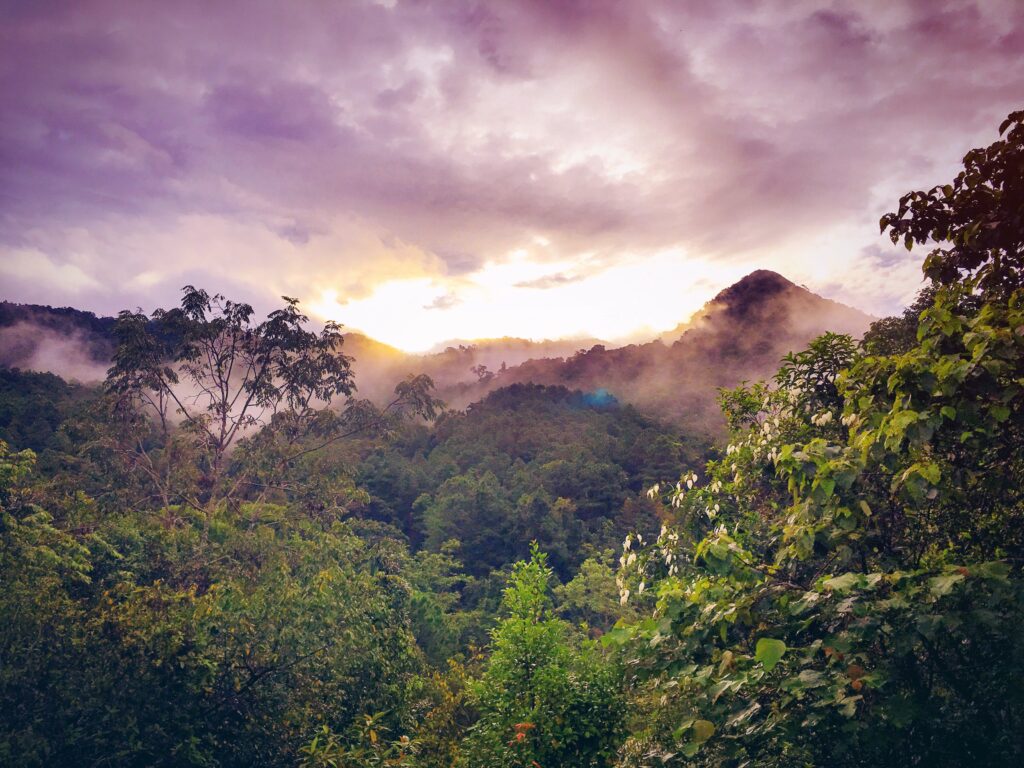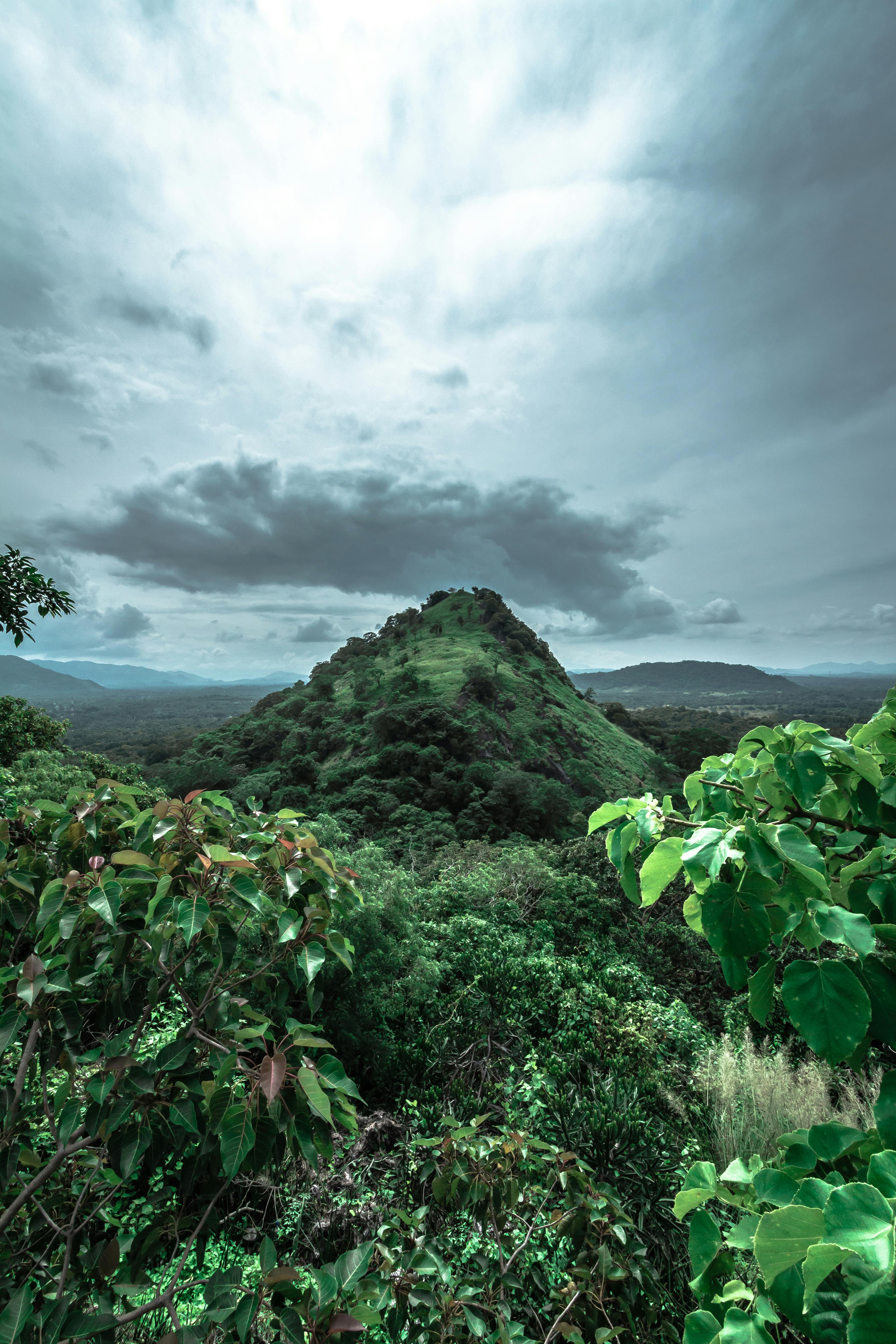Imagine stepping into a lush and vibrant world, teeming with life and filled with breathtaking wonders. Welcome to tropical rainforests, where biodiversity flourishes in every corner. These incredible ecosystems are home to a vast array of plant and animal species, many of which can only be found within their verdant confines. In this article, we will take you on a fascinating journey through this world of biodiversity, exploring the wonders and importance of tropical rainforests. So pack your bags and prepare to be amazed by the beauty and intricacy of these extraordinary natural habitats.
Tropical Rainforests
Welcome to the wonderful world of tropical rainforests! As you embark on this journey, you will learn about the importance of these ecosystems, their global distribution, their unique structure and layers, the climate they thrive in, the diverse flora and fauna that call them home, the endangered species that need our protection, the human impact on these fragile environments, the importance of conservation efforts, and the opportunity for tourism in these mesmerizing places. So let’s dive in and explore the captivating realm of tropical rainforests!

Importance of Tropical Rainforests
Tropical rainforests play a crucial role in maintaining the health of our planet. They act as the Earth’s lungs, producing a significant portion of the world’s oxygen. Imagine taking a deep breath of fresh air – chances are, you have tropical rainforests to thank for it. Additionally, these lush ecosystems are home to an astonishing amount of biodiversity, housing approximately half of the world’s plant and animal species. They also provide valuable resources, such as timber, medicinal plants, and food crops. Moreover, tropical rainforests contribute to regulating the global climate and conserving water resources. Preserving these vital habitats is essential for the well-being of both nature and humanity.
Global Distribution of Tropical Rainforests
Tropical rainforests can be found in various parts of the world, nestled in regions close to the equator. They span across continents, including South America, Central America, Africa, Southeast Asia, and Oceania. The largest continuous tropical rainforest is the Amazon rainforest, covering approximately 40% of South America and spanning across nine countries. Other notable rainforest regions include the Congo Basin in Africa, the rainforests of Borneo and Sumatra in Southeast Asia, and the Daintree Rainforest in Australia. Despite their vast geographical expanse, tropical rainforests only cover around 6% of the Earth’s land surface, making their conservation all the more crucial.

Structure and Layers of Tropical Rainforests
One of the remarkable features of tropical rainforests is their intricate structure and layers. Starting from the forest floor, which is often dimly lit due to the dense canopy above, you’ll find a diverse array of plants and decomposing organic matter. Above the forest floor is the understory layer, where smaller trees, shrubs, and ferns thrive. Beyond that lies the canopy layer, comprised of the tallest trees that form a continuous canopy, blocking much of the sunlight from reaching below. The emergent layer is next, housing a few giant trees that tower above the canopy. Finally, there’s the epiphyte layer, where unusual plants such as orchids and bromeliads grow on the trunks and branches of trees. The unique structure and layering of tropical rainforests create ideal habitats for countless species to coexist.
Tropical Rainforest Climate
The climate in tropical rainforests is often warm and humid throughout the year, with abundant rainfall. These regions typically receive over 80 inches (200 cm) of rainfall annually, resulting in perpetually damp conditions. The temperature remains relatively constant, ranging between 70°F (21°C) and 85°F (30°C). The combination of high rainfall and consistent warmth facilitates rapid growth and sustains the lush vegetation found in tropical rainforests. The weather patterns can vary slightly depending on the specific rainforest region, but the overall climatic characteristics remain remarkably consistent.

Flora in Tropical Rainforests
The flora of tropical rainforests is incredibly diverse and awe-inspiring. These ecosystems are teeming with an abundance of plant species, including towering trees, unique vines, colorful orchids, giant ferns, and countless medicinal plants. The high rainfall and warm climate create optimal conditions for plant growth, resulting in an explosion of greenery that remains unparalleled. The dense vegetation provides a habitat for numerous species, contributing to the intricate web of life that thrives within these forests. It’s fascinating to witness the multitude of shapes, sizes, and colors that define the flora of tropical rainforests.
Fauna in Tropical Rainforests
Step into a tropical rainforest, and you’ll enter a realm of extraordinary fauna. From impressive apex predators to tiny insects, these ecosystems are home to an astonishing variety of animal life. Here, you may encounter magnificent creatures like jaguars, toucans, monkeys, sloths, tree frogs, and countless species of birds and butterflies. Many of these animals have adapted unique characteristics to survive in the tropical rainforest environment. Some navigate the tree canopy with agility, while others camouflage themselves in the vibrant foliage or rely on unique feeding strategies. Exploring the fauna of tropical rainforests is like entering a living, breathing Noah’s Ark, where every step reveals a new marvel of nature.
Endangered Species in Tropical Rainforests
Unfortunately, the remarkable biodiversity found in tropical rainforests is under constant threat, leading to numerous species becoming endangered. Deforestation, habitat fragmentation, climate change, and illegal hunting pose significant challenges for the survival of these species. Iconic animals such as the orangutan, Sumatran tiger, African elephant, and countless others face the risk of extinction if immediate action is not taken. The loss of these species would be an irreplaceable tragedy, both ecologically and culturally. Efforts must be made to protect and restore their habitats, implement sustainable practices, and combat illegal wildlife trade to ensure the preservation of these magnificent creatures.
Human Impact on Tropical Rainforests
Human activities have had a profound impact on tropical rainforests. The demand for timber, agricultural land, and natural resources has resulted in widespread deforestation, leaving behind devastated areas that were once vibrant ecosystems. Additionally, mining, logging, and illegal hunting further contribute to the degradation of these fragile environments. The consequences of these actions reach far beyond the rainforest borders, with effects on global climate patterns and the loss of vital resources. It is crucial for us, as responsible global citizens, to recognize our impact and work towards sustainable practices that prioritize the preservation of tropical rainforests.
Conservation of Tropical Rainforests
Efforts to conserve tropical rainforests are essential to mitigate the alarming rate of deforestation and protect the biodiversity they hold. Conservation organizations and initiatives focus on various approaches, including land protection, sustainable agriculture, community engagement, and research. Replanting programs and sustainable harvesting practices can help regenerate previously cleared areas, allowing damaged ecosystems to heal. Collaboration between governments, local communities, and international organizations is necessary to ensure that tropical rainforests are preserved for future generations to appreciate and thrive in.
Tourism in Tropical Rainforests
When responsibly managed, tourism can have a positive impact on tropical rainforests. Visitors have the opportunity to immerse themselves in the beauty and wilderness of these ecosystems, creating awareness and appreciation for their conservation. Sustainable tourism practices prioritize minimizing impact, supporting local communities, and providing education about the importance of conserving these natural treasures. By experiencing the splendor of tropical rainforests firsthand, tourists can become advocates for their protection and contribute to the preservation of these extraordinary habitats.
In conclusion, tropical rainforests are irreplaceable ecosystems that harbor unparalleled biodiversity and provide immense benefits to our planet. From their global distribution to their unique structure and layers, these forests captivate us with their awe-inspiring flora and fauna. However, they face formidable challenges due to human activities, leading to the endangerment of numerous species and the degradation of these fragile environments. It is crucial that we recognize the importance of tropical rainforests, take steps to conserve and restore them, and approach tourism in a sustainable manner. Let us embrace our role as stewards of the Earth and ensure that future generations can marvel at the wonders of tropical rainforests just as we do today.



